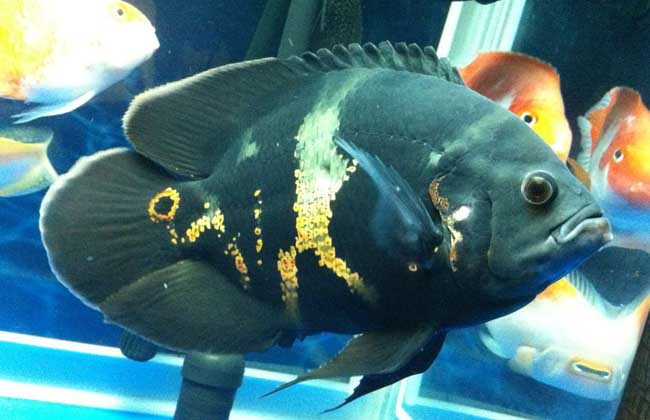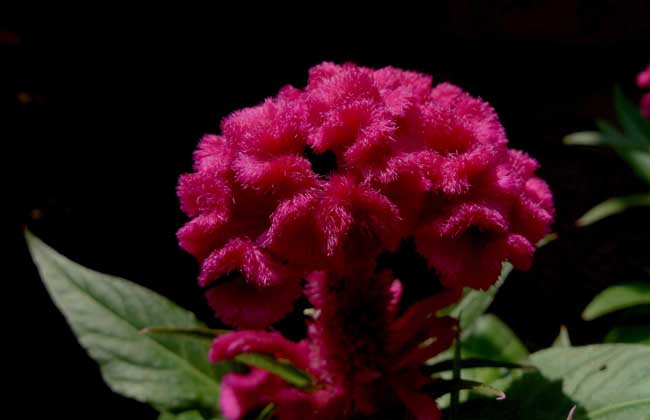How much is a chameleon?

Chameleon science is called evasion, which is a reptile for the lizard suborder. It is good at changing the color of your body at any time with the change of the environment, often in the rainforest to the savanna, and some in the mountains, but it is very rare in the cold prairie. Now it is the favorite pet for many reptile lovers. Let's take a look at how much a chameleon costs.
How much is a chameleon?
The price of different varieties of chameleon is also different. A 2-inch high-crowned chameleon costs about 350 yuan, a larva costs about 600 yuan, an adult male costs about 1500 yuan, a Jacken chameleon costs 1,600 yuan, a Mina chameleon costs 3800 yuan, a Senegalese chameleon costs 400 yuan, a chameleon with four corners costs 1,200 yuan, a leopard chameleon costs 2,500 yuan, a carpet chameleon costs 700 yuan, a dead leaf chameleon costs 1,100 yuan, and a dead leaf chameleon costs 400 yuan. Feisha gnome chameleon 700 yuan 800 yuan, Cape gnome chameleon no more than 1000 yuan, beard dwarf chameleon 350 yuan 400 yuan.
How to choose a chameleon?
1. During the day, the chameleon's eyes are bright and open, and the eyeballs keep moving to keep alert and look for food!
2. Before selecting, you can take a look when feeding on the spot. If the chameleon sees the food sticking out its tongue immediately, the longer the tongue is sticking out, the faster the tongue sticking out means the better the health condition. After hunting, take advantage of the chameleon to eat the food. Observe whether there is any abnormality in the mouth.
3. Guide the chameleon to climb into your own hands and feel the grip strength of the chameleon's limbs. The stronger the grip strength is, the better your health is.
4. When the chameleon sleeps at night, its tail will be coiled up or coiled on the branches. If it falls loosely vertically, it means that it is in poor health.
5. Don't compare more than 2 chameleons together at the same time, it will scare the chameleons to death.
How to raise the chameleon best
1. The main foods of chameleons can choose crickets, cockroaches and grasshoppers, while other species such as bread worms, corn worms, silkworms and suckling mice can only be used as secondary diets. Suckling mice are only suitable for feeding adults, and they should not be fed more than one per month. But finding food for chameleons is still difficult for some friends, many of whom can't even find crickets, only bread worms. If bread worms are used as the main food for the chameleon, it is tantamount to letting it slowly wait for it to die! Bread worms are not suitable for staple food because of their low nutritional value, indigestibility, high fat and low moisture. The problems that may occur in long-term feeding bread worms include indigestion, various nutritional diseases, refusing to eat, and so on.
2. Adults can be fed once a day, which is equivalent to about 8 / 10 adult crickets (reduced to 5 / 7 in winter) and stopped feeding for 1 / 2 days a week (once every other day in winter). The larvae can be fed 2-3 times a day, each time limited to 15 minutes, and should be stopped once a week or reduced for 1 or 2 days. The actual portion can be adjusted according to individual, preferably fed to 780% full, which can greatly reduce the chance of indigestion or anorexia to a single type of food. In addition, regular calcium and vitamin supplements are needed. Adults need to be fed two to three times a week, while larvae need to be fed every day.
3, the best feeding time is at noon, the normal chameleon defecates within 1 hour after absorbing heat every day, and the appetite will naturally increase after defecation. Avoid feeding in the evening because the temperature is low at night, which can easily cause indigestion. Observe the chameleon feces to understand their digestion, if it is found that a lot of food in the chameleon feces is not digested, it should be reduced or stopped feeding immediately. If the stool is dilute, it means that the intestines and stomach are no longer working properly, all feeding must be stopped immediately and water must be replenished.
4. Chameleons need a large amount of water to drink. In the wild, chameleons usually drink dew from leaves in the morning, or Rain Water directly when it rains, so we should also consider these two aspects in providing water. The best way is to spray water. Generally, you can use a sprinkler system or a sprinkler can. Spray at least twice a day for at least 3 minutes each time, preferably with warm water, and try to avoid spraying directly on the chameleon (especially the eyes). The sun just comes out in the morning and once in the evening. Spraying water in the morning is the most important. Chameleons like to drink water in the morning. Spraying water in the evening is to replenish the water lost when basking in the sun at noon, and it can increase humidity and cool down at night. Spray one or two more times in hot weather and dry baths in winter.
Related
- A course of planting techniques and methods on how to grow carrots
- How to plant the latest tulips?
- Is it better to pick tea in the morning or in the afternoon? When is the best time for tea to be picked? what is the third or fifth tea?
- Launch Yuanxiao Happy combination Haocha + Tea Yuan healthy Taste
- Penghu Tourism "Fireworks 20 Parade with You"
- 2022 West Lake Happiness holds "Digital Revitalization Voucher" and draws iphone13 and laptop.
- Banqiao Fuzhou social houses are designed to change start-up combined with police elimination to create a safe and livable environment
- The convenient measure of "mechanical weeding" in Xinbei has been abused and the Agriculture Bureau has imposed heavy penalties on the illegal land consolidation.
- Changgeng University Joins Hands with Four Memory Factories to Rescue Memory Talent Shortage
- The list of Taiwan's top 100 MVP managers is listed by the Director-General of the Farmers' Association of Sanxia District.



